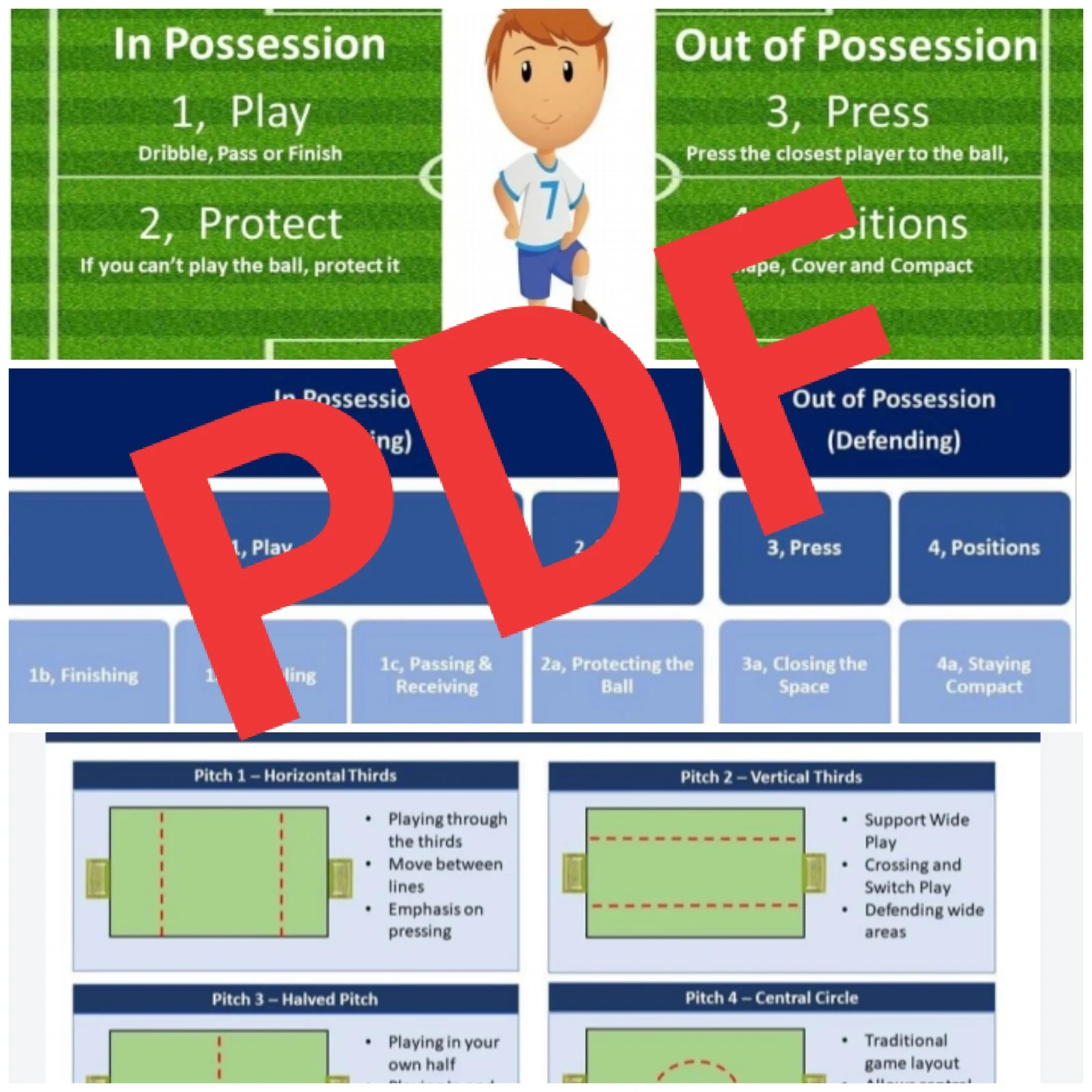Our season plan focuses on four key elements of match day:
enhancing the fan experience, ensuring comprehensive insurance coverage, offering accessible credit solutions, and promoting flexible loans and mortgage options.
Together, these components aim to boost attendance, manage financial risks, provide financial assistance, and ultimately foster a thriving community around our events.
Tags:
training programs

